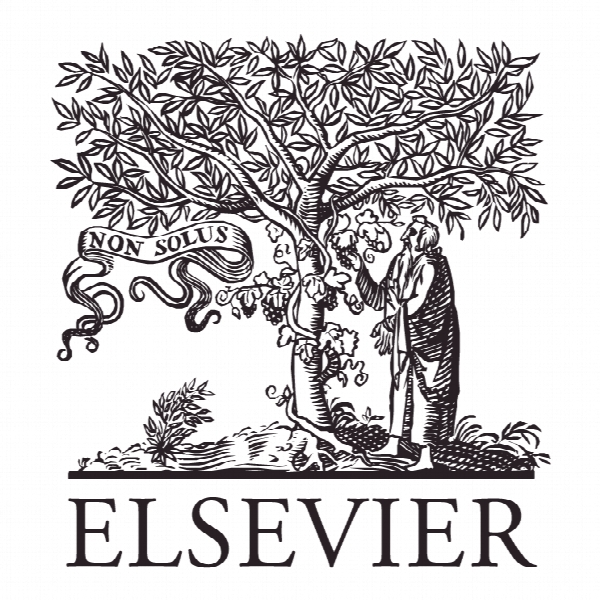چه چیزی یک فعالیت اجتماعی می سازد؟ بودن، دانستن، انجام و منتهی شدن What makes a social practice? Being, knowing, doing and leading
- نوع فایل : کتاب
- زبان : انگلیسی
- ناشر : Elsevier
- چاپ و سال / کشور: 2017
توضیحات
رشته های مرتبط مدیریت
مجله مدیریت اروپایی – European Management Journal
دانشگاه گروه مدیریت، فناوری و اقتصاد، زوریخ، سوئیس
نشریه نشریه الزویر
مجله مدیریت اروپایی – European Management Journal
دانشگاه گروه مدیریت، فناوری و اقتصاد، زوریخ، سوئیس
نشریه نشریه الزویر
Description
1. Introduction Social practices are not possible to think away in contemporary organization theory. They engulf forms of working and living, provide meaning and direction, afford safety and routine, engender collective standards and instil ambitions. Without social practices, organizations are empty shells likened to long abandoned and decaying factories photographed by Timm Suess (see http:// timmsuess.com/). One can only imagine the contrastdwhat they were like and how likeable they were back then, when they pulsated with the rhythmic noise of practising craftsmen working in concert to produce their wares. As organization scholars, we are often impressed by the vigour and energy of social practices: how much more lively they appear than the empty shell of the formal organization housing them. It is not surprising, then, that we are also often prepared to leave our functionalist understanding of organizations behind to turn to social practices and embrace their unfolding dynamics. However, as we complete our “practice turn” and redirect investigations, it may also be too easy to oversee that social practices necessitate organization structure and function, and vice versa (Ben-Menahem, von Krogh, Erden, & Schneider, 2015; Giddens, 1984; Whittington, 2006). At least, as a function of producing some form of collective good, social practice inspires quality in work and a narrative in the individual’s working life (MacIntyre, 1981). Although many definitions of social practice exist, we draw attention to one by MacIntyre: “any coherent and complex form of socially established cooperative human activity through which goods internal to that form of activity are realized in the course of trying to achieve those standards of excellence which are appropriate to, and partly definitive of, that form of activity, with the result that human powers to achieve excellence, and human conceptions of the ends and goods involved, are systematically extended” (MacIntyre, 1981, p. 187). This definition sheds light on the role of values, norms, and standards in social practices, and it illustrates the power of social practices for supporting human achievement. It stands to reason, then, that social practices may seek various ways to achieve and redefine standards of excellence. The “practice turn” in organization studies understands organizational processes and phenomena as manifestations of underlying practices of work (e.g., Brown & Duguid, 1991; Schatzki, Cetina, & von Savigny, 2001). For example, in organization and management research, this perspective shaped the important field of “strategy-as-practice” (Golsorkhi, Rouleau, Seidl, & Vaara, 2010; Jarzabkowski, 2004; Whittington, 2006). Accordingly, organizational activities are manifested by “strategizing”, i.e., the practising of strategy making in organizations, examining the underlying organizational activities of the work that is being accomplished. The practice turn also takes another perspective of organizations(Erden, Schneider, & von Krogh, 2014). In addition to the distinct types of practising as in “conducting work”, it offers a renewed view of the social entities that constitute the organization that is enabling and conducting the work. The focus turns to the type of practising that is being done, who or what entities are conducting the practising, and how the interplay of the entities might affect organizational dynamics and work in a broader organizational context. Although a first glance at social practice directs our attention to its internal learning and dynamics, a contextualized view of social practice also reveals its conserving side in an organization’s protection of its ways of doing, being and knowing for the production of what it defines as its “internal goods” (MacIntyre, 1981). Innovation across practice boundaries has proven difficult because of the epistemic, social, and cognitive idiosyncrasy of social practices (Ferlie, Fitzgerald, Wood, & Hawkins, 2005; Swan, Scarbrough, & Robertson, 2002). As an informal organization, a social practice may produce resistance to change enacted by ingrained work routines (Zietsma & Lawrence, 2010). However, as Gherardi and Perrotta (2011) note, “a practice is always temporary and open to further re-negotiations” (p. 611). Precisely this delicate characteristic of practices may elevate the efforts by practitioners to conserve the status quo and to protect their identity and way of conducting work, particularly if and when confronted with external pressure towards change and re-negotiation. The conserving function of an informal organization is upheld by the social practices in a formal organization. Practitioners in social practices share a historically and socially contextualized identity, which enables them as individuals and collectives to conduct work and thereby to establish a collective meaning-making of that work (Brown & Duguid, 1991; Lave & Wenger, 1991; Wenger, 1998). The reach of social practices may go beyond formal boundaries of the organization and occupational jurisdictions; for instance, the practices of medicine, nursing, and caregiving may cross the boundaries of hospitals, homes and doctors’ offices, and practitioners may include doctors, informal caregivers, nurses and other health professionals. A social practice may emerge around the use of a new technology for medical treatment that includes practitioners from different occupational groupsdi.e., nurses, surgeons, and radiologistsdworking intensively on the promotion and defence of its use, which over time percolates into a new shared practice.


